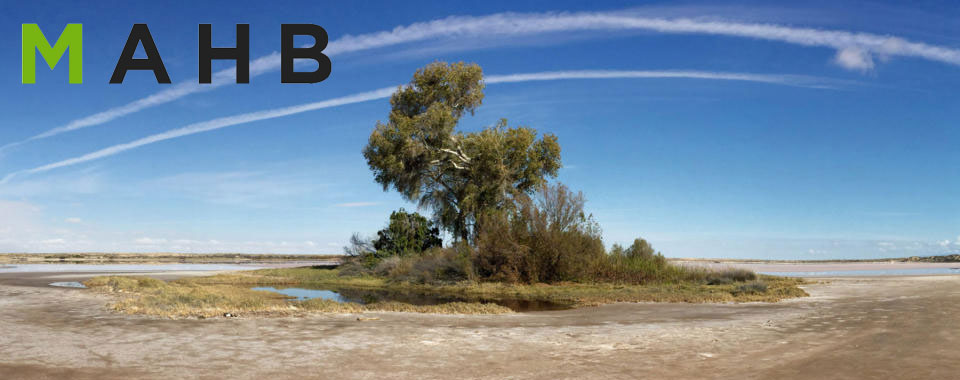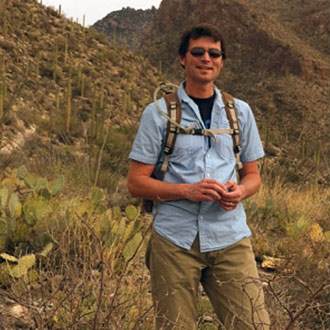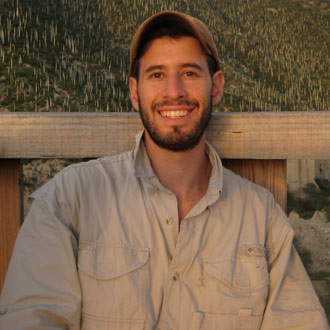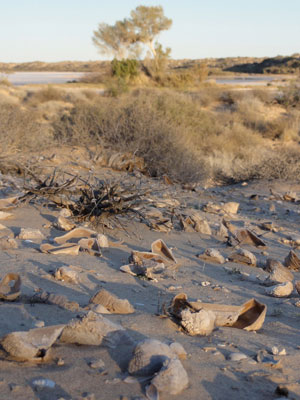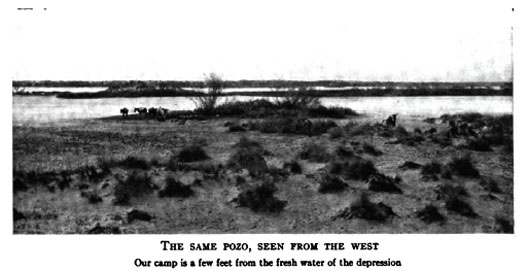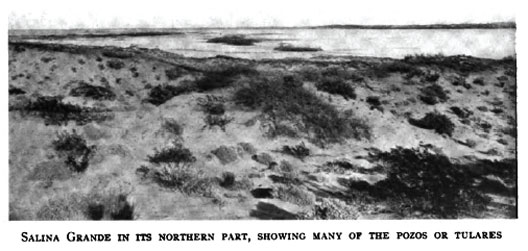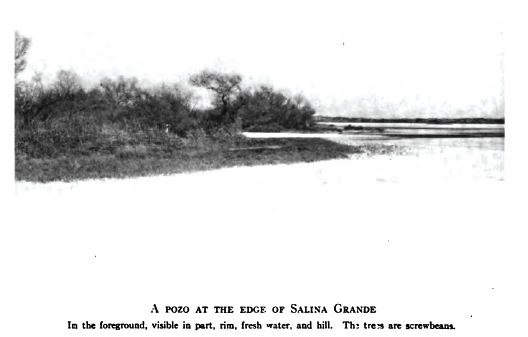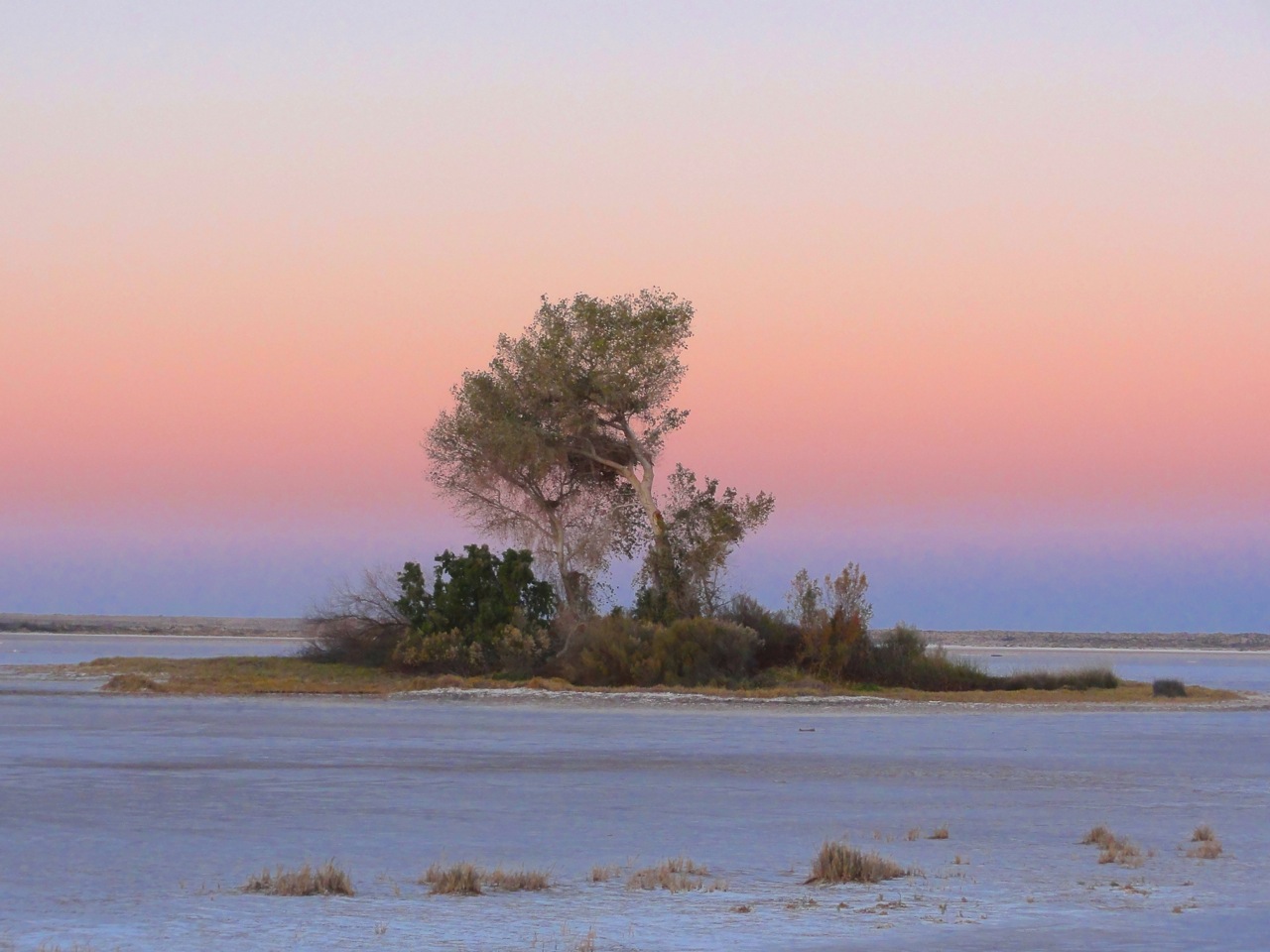- Details
-
Created: Tuesday, 15 March 2016 20:03

Ben Johnson’s compositional sketch
The pozos, or freshwater springs that miraculously punctuate the Gran Desierto region of the Sonoran Desert are uniquely charged, mysterious places. Unresolved in origin, and essential to countless species, they rise up inextricably out of the largest swath of sand dunes in North America. We are inspired by these springs and motivated by the questions they pose. What is the origin of this water and how long has it resided below the dunes? How have the pozos and the riparian vegetation they support changed through time? What is their trajectory given expansive ground water pumping along the border and predictions of a hot and dry future? How has the connection between humans and the only water source in the midst of this sand sea changed over time?
Our thinking about the pozos quickly spirals out to a wide range of dependent themes. From the traditional salt pilgrimage of the Tohono O’odham people, to nesting raptors, generations of cottonwood trees, and the future of water in the binational Sonoran Desert desert; these springs are central.
Embracing this holistic network of subjects is a core goal for the artwork and science. But how to tie it all together coherently? For the past number of months, we have been discussing the options in an effort to puzzle it out, and Ben J has focused on collecting, photographing, sketching, and doing preliminary paintings. It all has led to a multi-faceted artistic direction. A large, 8 foot wide painting of a pozo will be properly situated at the center of the work, with a surrounding orbit of photographs, objects, research materials and text. The springs themselves are beautiful, almost mythical places. The scale and composition of the painting aims to highlight this, while providing an anchor for the related content.
Ben J has begun work on the painting, preparing the canvas itself and doing preliminary compositional sketches. The pozo featured is located in Salina Grande, a key location that we visited during a January 2016 research trip. The hydrology and long-term change aspects of the science have begun. More visits to the region will follow in coming months, as will the development of the artwork.

Field Collection - photographs by Ben Johnson
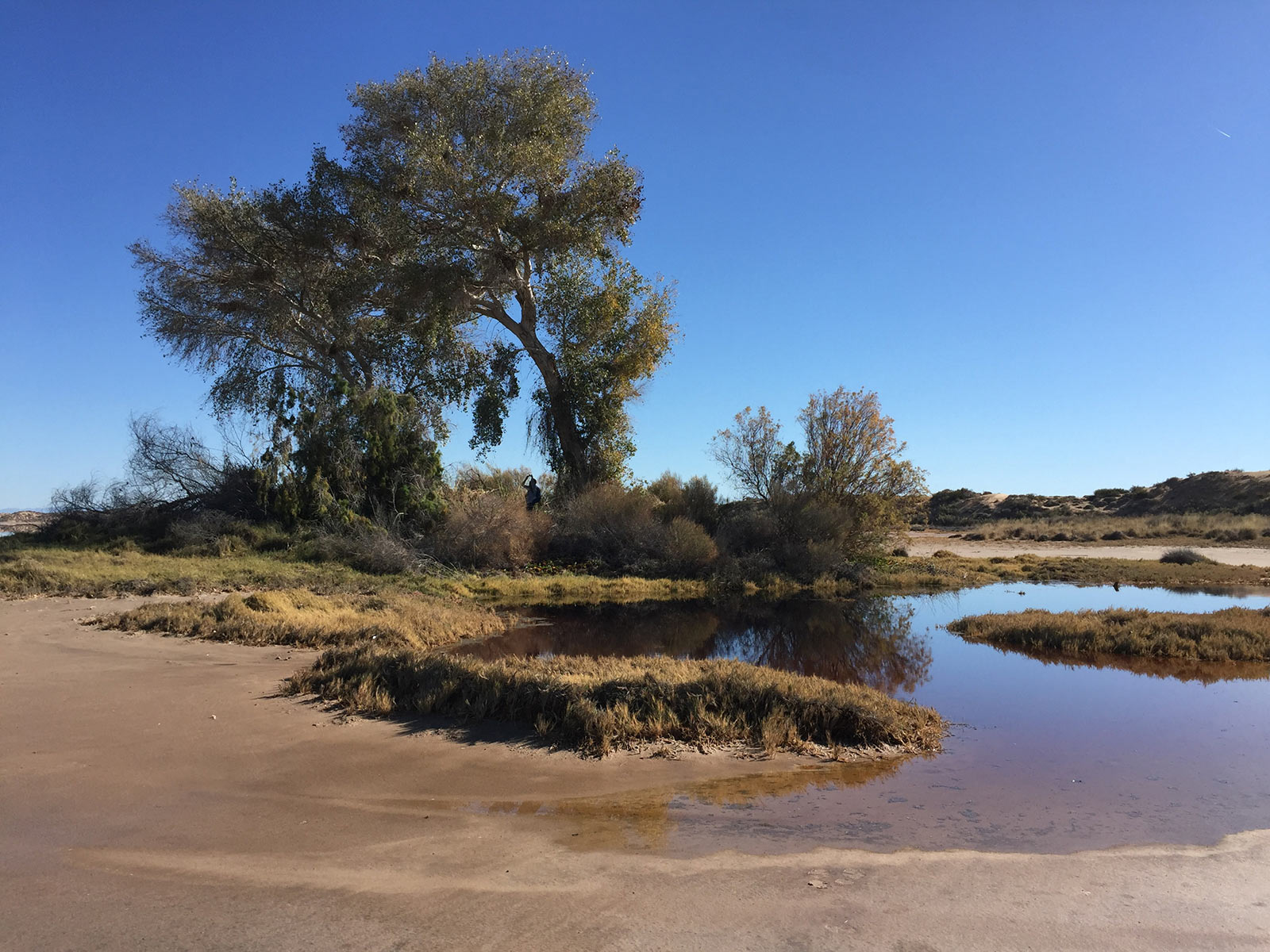
Pozo at Salina Grande with Ben W amongst the cottonwoods - photograph by Ben Johnson
